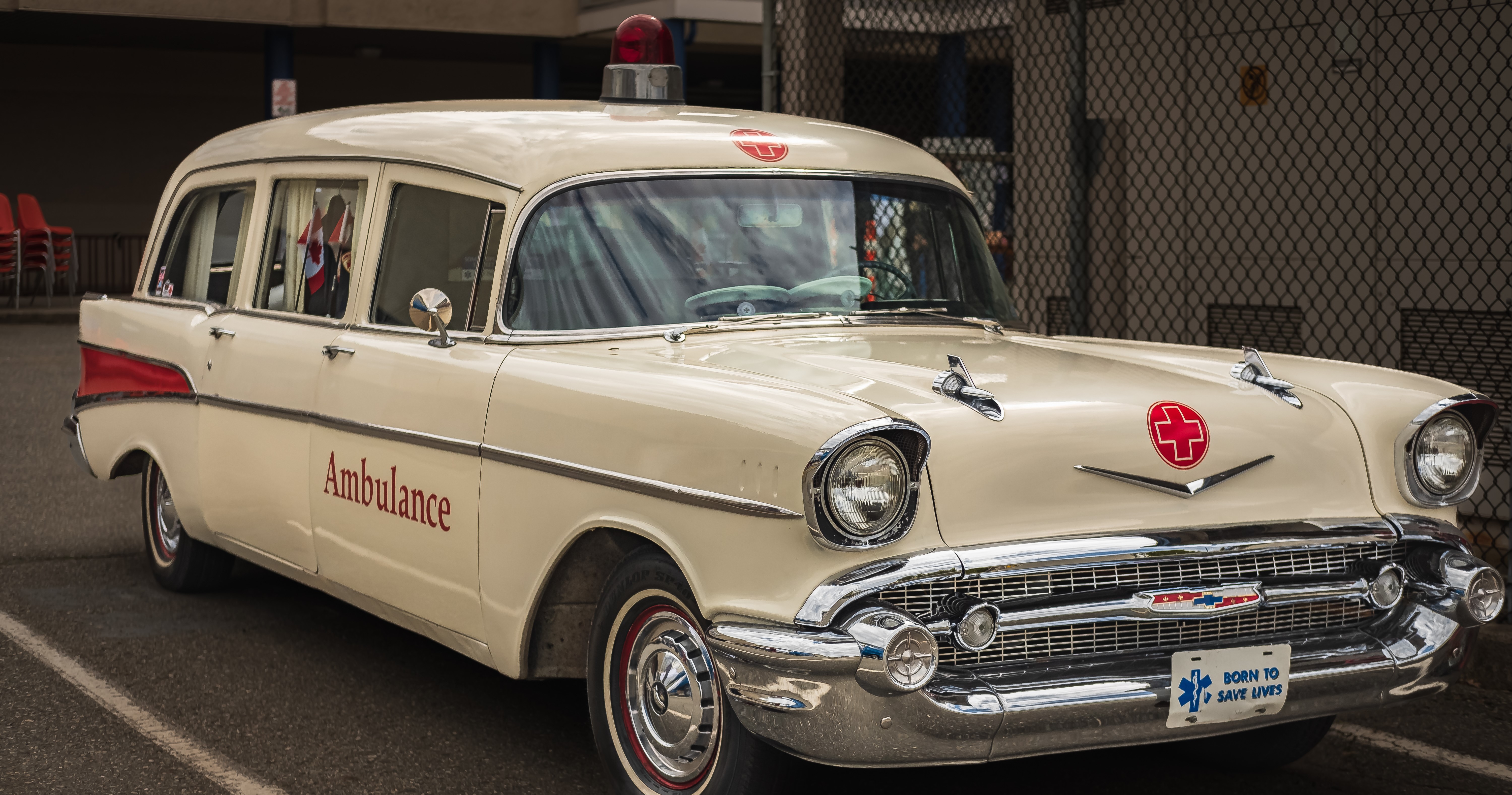|
|

|
*|MC_PREVIEW_TEXT|*
05/20/2025
|
|
IT’S TRAUMA TUESDAY
Is a Free Weekly Newsletter
Brought to you by
TCAR Education Programs
|
|
For nurses and other clinicians practicing anywhere
along the trauma care spectrum
|
|
|
|
|
|
Take a quick test of your trauma care knowledge
|

|

|

|
|
|

|
|
Article of the Week
Alcohol withdrawal
|
|
Alcohol Use Disorder (AUD) has an estimated lifetime prevalence of 30% in the United States. Most nurses practicing in an inpatient setting today have encountered a patient suffering symptoms of alcohol withdrawal. This case study offers a review of the disease's presentation, clinical management, and complications.
|
|
|
|
Meloy P, Rutz D, Bhambri A. Alcohol Withdrawal. J Educ Teach Emerg Med. 2025;10(1)
|
|
|

|
|
Trauma Happenings
This Year, May 18-24, 2025, Isn't Just National EMS Week; it's the 50th Annual Celebration
|
|
Emergency medical services (EMS) systems play a crucial role in emergency response and disaster preparedness. For 50 years, May has been the month we celebrate the EMTs and paramedics who provide initial life-saving care to our trauma patients. Over the decades, EMS has grown into a sophisticated, multi-tiered system integrated with hospitals, trauma centers, and public health initiatives. Trauma care is a spectrum that starts with the interventions medics provide in the field and ensures injured patients get to the right hospital as soon as possible. As trauma nurses, we could not do what we do without our partners in the field. Happy EMS Week!
|
|
|
|
|
![]()
|

|
|
2025 STN Leadership Award
|
|
TCAR Education Programs co-founder, Laura Marie Criddle, PhD RN TCRN FAEN FAAN received the STN Leadership Award at the 2025 Society of Trauma Nurses meeting in Kansas City, Missouri. This honor recognizes Dr. Criddle’s career-long commitment to the care of injured patients and the education of trauma care professionals around the world. Congratulations Laura!
|
|
|
|
|
|
You can reveal a letter or the entire word if you get stuck
|

|

|

|
|
|
![]()
|

|
|
ABG or VBG?
|
|
For years, arterial blood gas (ABG) measurement was the gold standard for assessing systemic pH and carbon dioxide tension in patients. But why not measure venous blood gases (VBGs)? A VBG sample is easier to collect and less painful for the patient because no arterial stick is required. Arterial blood tests measure what's in blood sent OUT from the heart, while venous measurements identify what gets RETURNED to the heart. The difference between the numbers reflects what happened in the cells. The cells of healthy individuals at rest will consume a small amount of oxygen and produce a small amount of carbon dioxide and lactic acid. Thus, O2 and pH levels are lower while CO2 levels are higher, but not by that much. ABG and VBG numbers are not too dissimilar. However, the cells of critically ill or injured individuals consume a lot of oxygen (unless they are dead or dying) and produce a lot of acid and carbon dioxide. Therefore, the difference between ABG and VBG results is significant in compromised patients, making a VBG a poor substitute for an ABG in very sick people. For this reason, routine ABGs are still recommended in the trauma setting and remain the gold standard for ventilator adjustments. Learn more in this practice update from Emdocs.
|
|
|
|
|

|
|
|
|
|
|
Follow Us
Want to join the trauma care conversation?
Follow Us on Facebook, Instagram, and X.
|

|
|
|
|
|

|
|
TCAR Education Programs
tcarprograms.org
info@tcarprograms.org
Office: (503) 608-4900
International Toll-Free: +1 800-800-2015
|
|
View Past Issues
Send Feedback
|
|
Copyright © 2025 TCAR Education Programs. All rights reserved.
You are receiving this email because you opted in by purchasing or registering for a course or subscribing to our newsletter on our website.
Want to change how you receive these emails?
You can
update your preferences or
unsubscribe
|